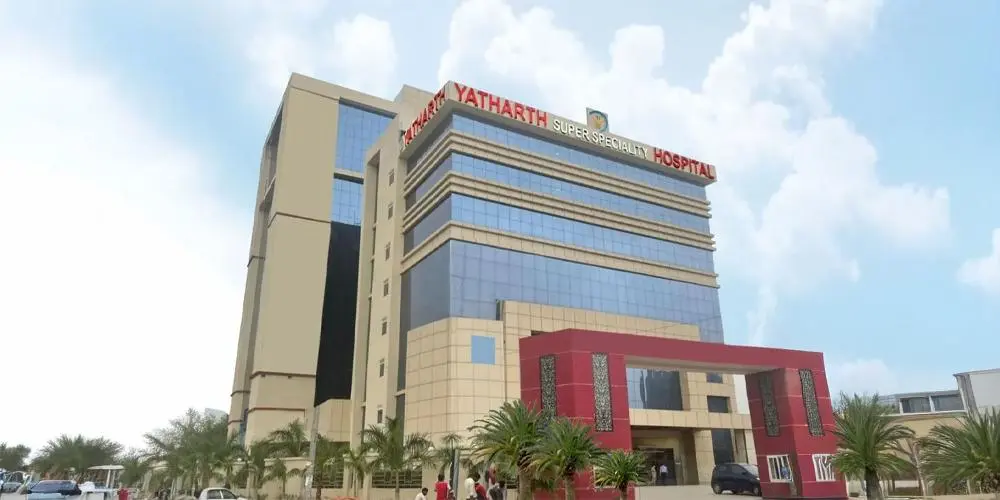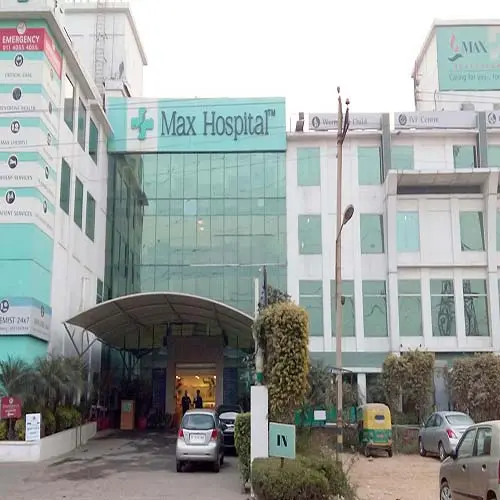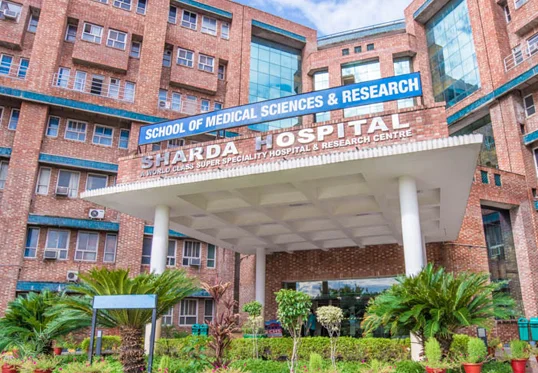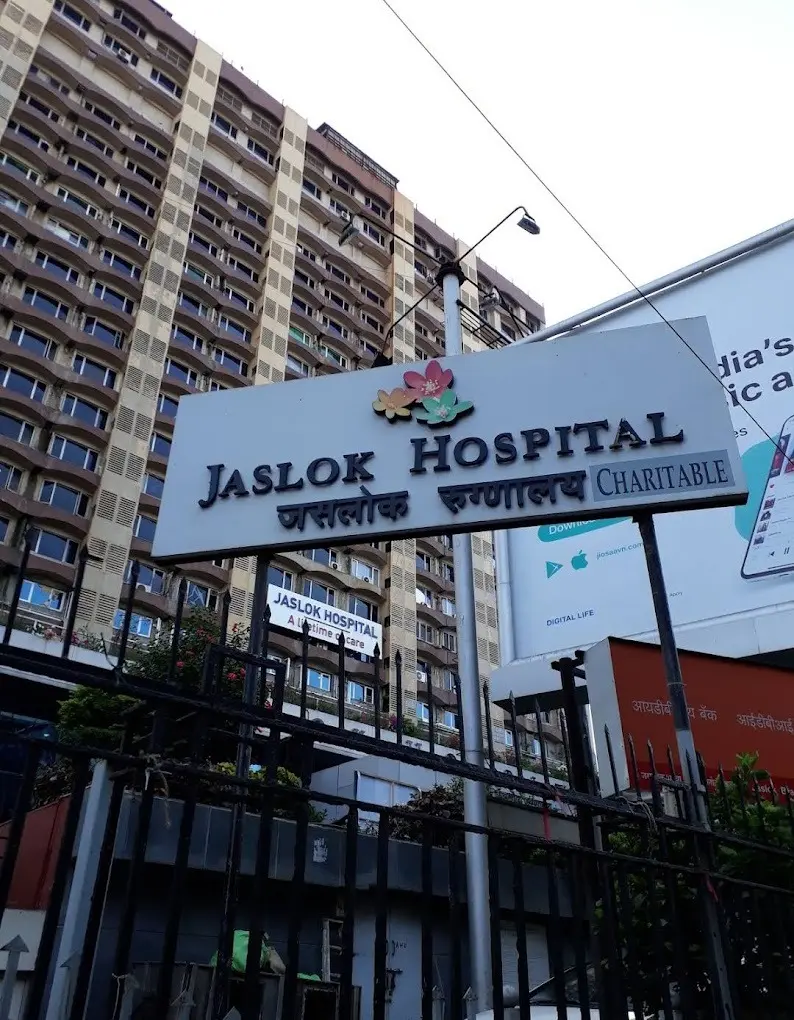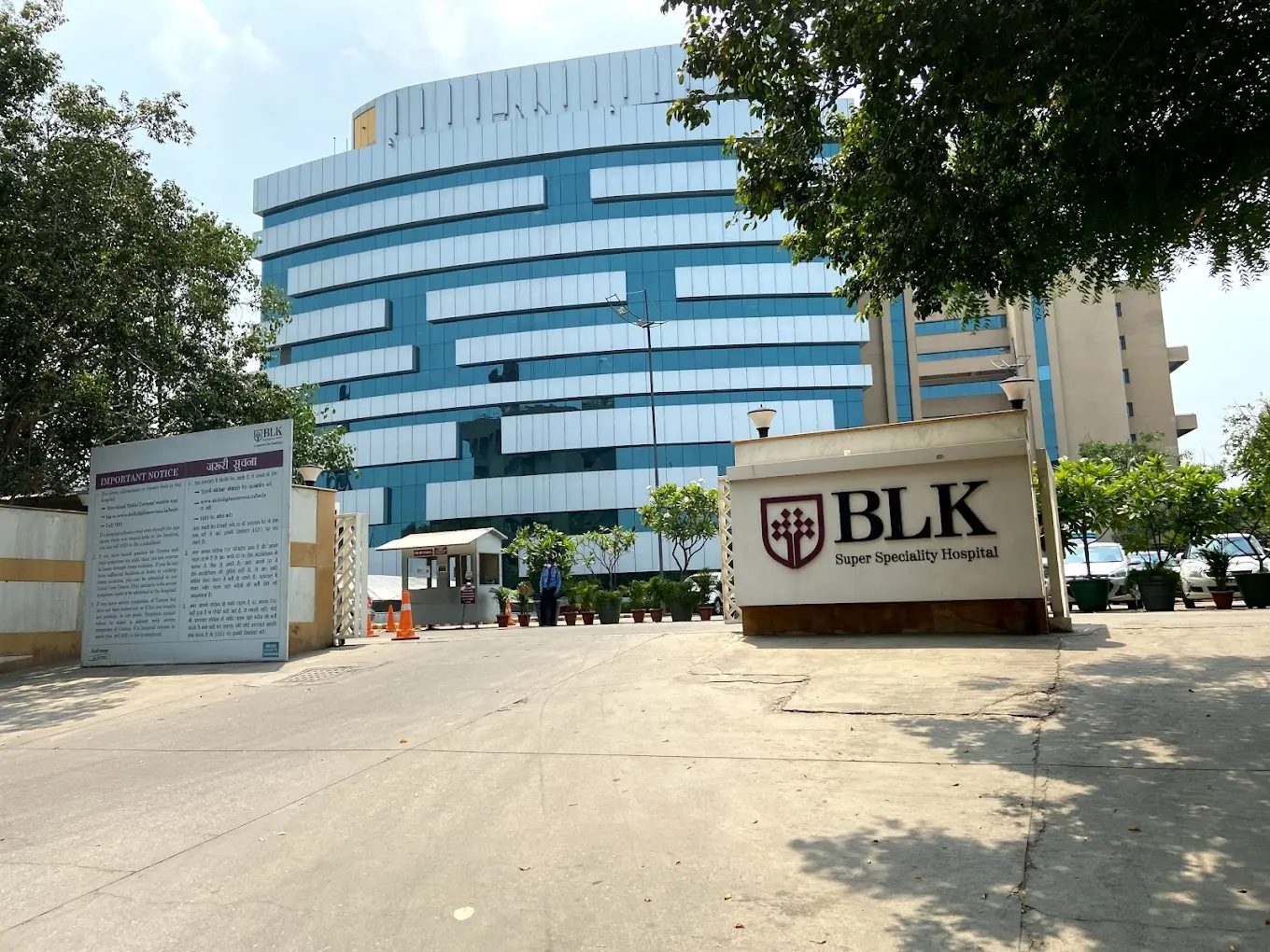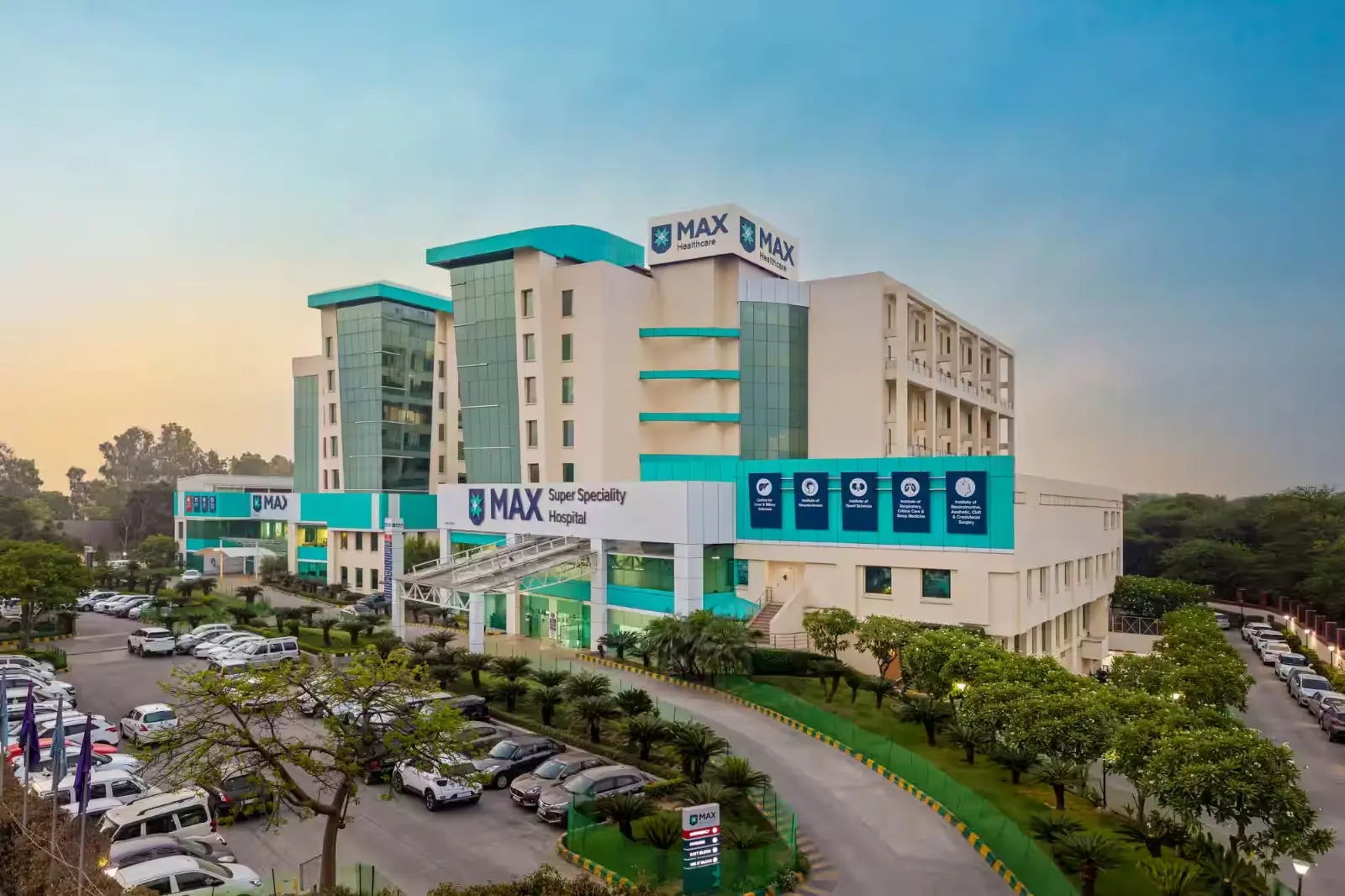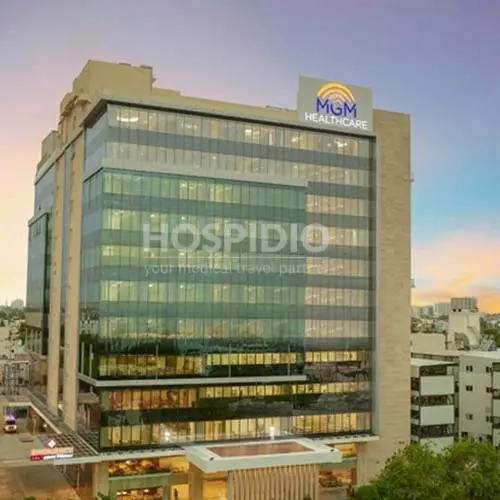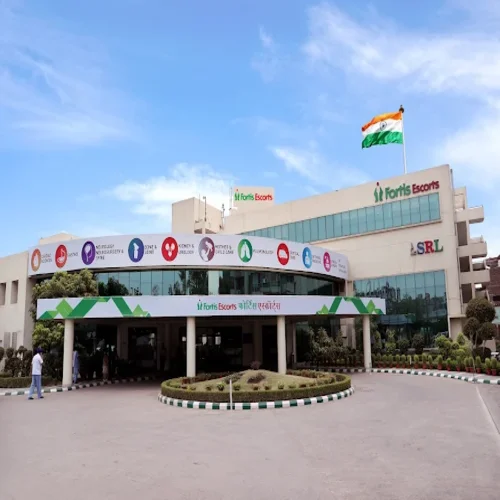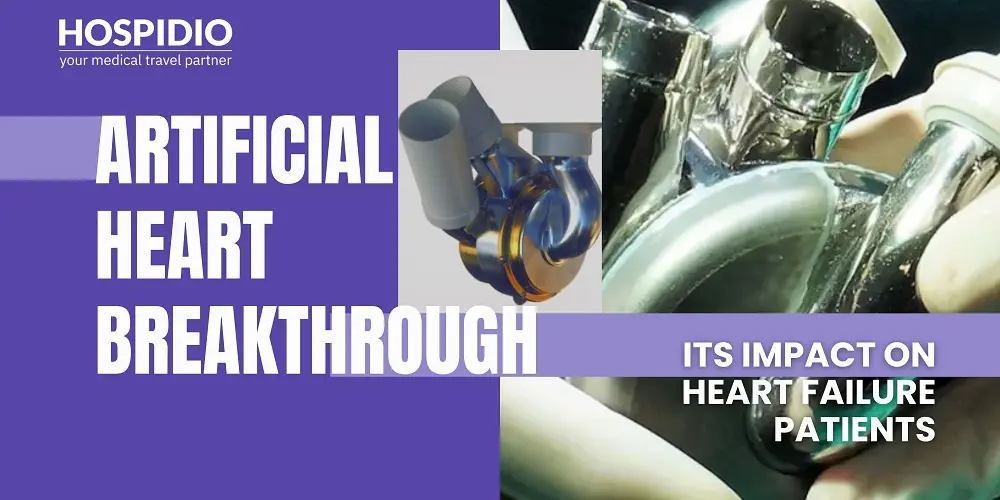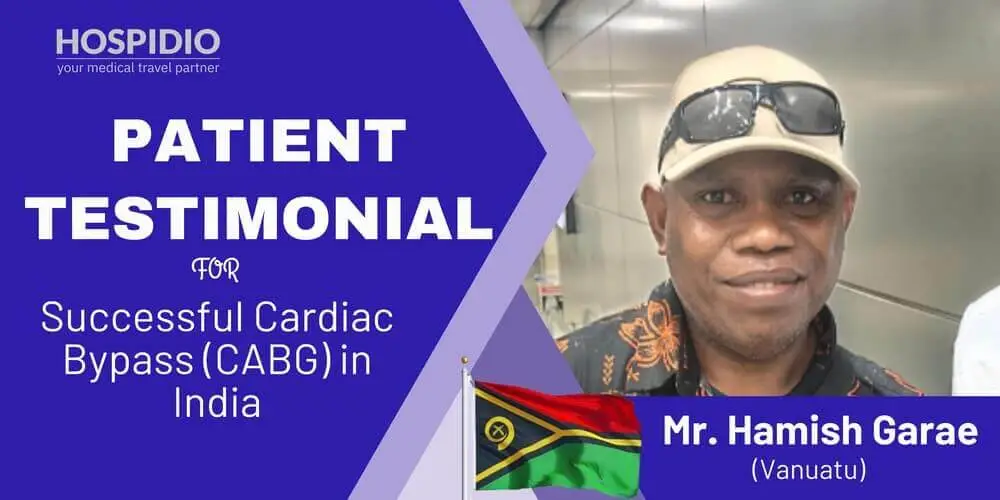When someone is diagnosed with an irregular heartbeat, or arrhythmia, it can feel unsettling. A pounding heart, skipped beats, or fluttering in the chest often makes patients anxious and worried about long-term health. For many people, medications work well to manage these symptoms, but in some cases, doctors recommend a procedure called cardiac ablation. This blog will guide you through what cardiac ablation is, how the procedure is done, potential risks, recovery expectations, and success rates.
What is cardiac ablation?
Cardiac ablation is a minimally invasive procedure used to treat irregular heartbeats, known as arrhythmias. Arrhythmias occur when the heart’s electrical signals, which control the rhythm of each beat, become disrupted. This can cause the heart to beat too fast, too slow, or irregularly.
During the procedure, thin wires called electrodes are inserted into the heart to monitor its electrical activity. Once the source of the abnormal rhythm is located, the tissue causing the problem is ablated (destroyed) to help restore a normal heartbeat.
Cardiac ablation is usually not the first line of treatment. Doctors typically recommend it only when medications fail to control the irregular heartbeat. Before performing the procedure, a comprehensive heart evaluation is done to determine the safest and most effective approach for the patient.
Types of Cardiac Ablation
According to Stanford Medicine, when performing a heart ablation, doctors generally use one of two approaches: a minimally invasive catheter-based procedure or, in rare cases, open-heart surgery:
Catheter Ablation
The heart’s rhythm is regulated by electrical signals generated by specialized cells in the heart, which coordinate its pumping to maintain a steady heartbeat. Sometimes, abnormal impulses within the heart tissue disrupt this rhythm, leading to arrhythmias such as atrial fibrillation (AFib).
Radiofrequency Ablation (RFA)
RFA is the most common type of cardiac ablation for treating atrial fibrillation (AFib) and other arrhythmias. It works by using radiofrequency energy to disrupt abnormal electrical pathways in the heart, restoring a regular heartbeat. The procedure usually starts with an electrophysiology (EP) study to precisely map the areas causing the irregular rhythm.
Read More: EPS/RFA Cost in India
Cryoablation
Cryoablation is a highly effective treatment for atrial fibrillation (AFib) that uses extreme cold to freeze small areas of heart tissue causing irregular beats. This minimally invasive catheter procedure blocks abnormal signals and often provides long-lasting relief from AFib symptoms like palpitations, fatigue, and shortness of breath.
Atrioventricular (AV) node Ablation
AV Node Ablation is a minimally invasive procedure used to treat atrial fibrillation (AFib) by targeting the heart’s atrioventricular (AV) node, a key part of the electrical conduction system. Using a catheter, heat or cold energy is applied to modify the AV node, preventing abnormal signals from causing irregular heartbeats. This helps control AFib episodes. Because the AV node is essential for transmitting signals from the atria to the ventricles, patients typically require a permanent pacemaker after the procedure.
Epicardial Ablation
Epicardial ablation targets the outer layer of the heart muscle and is used when standard catheter ablation from inside the heart fails to locate the problematic tissue. This approach is employed when the critical area causing the abnormal heart rhythm is situated on the outside of the heart.
Focal Impulse and Rotor Modulation (FIRM)
FIRM is an advanced/less common mapping technique that pinpoints the electrical sources causing atrial fibrillation (AFib). Using catheters, doctors identify and ablate these areas, restoring a normal heartbeat and often providing long-term relief from AFib symptoms.
Ventricular Tachycardia Ablation
Ventricular tachycardia (VT) is a fast heart rhythm that starts in the ventricles, often reaching 150–250 beats per minute. At very high rates, the heart cannot pump blood effectively, reducing circulation to vital organs. This can lead to dizziness, fainting, or loss of consciousness, and in severe cases, it can be life-threatening. VT ablation is often done in patients with structural heart disease or prior heart attacks, since idiopathic VT is less common.
Surgical Ablation
Surgical ablation can be performed as an open-heart procedure or, in some cases, using minimally invasive surgical techniques. Open-heart surgical ablation is typically done alongside other heart surgeries, such as valve repair or replacement, allowing direct access to the heart but requiring general anesthesia and a longer recovery. Minimally invasive surgical ablation, on the other hand, uses smaller incisions and specialized tools, reducing recovery time while still effectively treating arrhythmias. Surgical approaches are usually reserved for patients undergoing heart surgery or when catheter-based ablation has not been successful.
Maze Procedure
The Maze procedure is a form of surgical ablation used to treat atrial fibrillation (AFib), most commonly during open-heart surgery. Surgeons create precise scar patterns in the atria that block abnormal electrical signals and restore a normal heartbeat. While recovery is longer than with catheter-based ablation, the Maze procedure is highly effective, offering a long-term solution for patients who do not respond to medications or minimally invasive approaches. Recovery is longer than with catheter ablation, but the Maze procedure can provide a long-term solution for AFib.
How Is the Procedure Performed?
During a cardiac ablation procedure, patients are usually awake but comfortably sedated to ensure minimal discomfort while allowing real-time feedback if needed. The cardiologist carefully inserts thin, flexible catheters into veins, typically in the groin or neck, and threads them up to the heart. Advanced imaging and mapping technologies, such as 3D electroanatomic mapping or intracardiac echocardiography, are then used to precisely visualize the heart's electrical activity and pinpoint the areas responsible for abnormal rhythms.
Once these problematic regions are identified, the physician delivers targeted energy – either heat, cold, or occasionally laser – to modify or eliminate the tissue causing the arrhythmia. Depending on the complexity of the heart’s electrical pathways and the type of arrhythmia being treated, the entire procedure usually takes anywhere from 2 to 4 hours, with careful monitoring throughout to ensure patient safety and optimal outcomes.
Risks and Complications of Catheter Ablation
While cardiac ablation is generally safe, it carries potential risks, including:
- Bleeding or Infection: At catheter insertion sites.
- Blood Vessel Damage: Caused by catheter manipulation.
- Heart Valve Injury: Resulting from catheter placement.
- Stroke: Due to blood clots dislodging during the procedure.
- Pulmonary Vein Stenosis: Narrowing of veins connecting the lungs to the heart.
- Need for a Pacemaker: In cases of slow heart rate post-procedure.
Major complications are rare, occurring in less than 5% of cases, especially when performed at experienced centers.
Recovery and Aftercare
Post-procedure, patients are monitored in a recovery area for several hours. Most individuals can resume normal activities within a few days, though full recovery may take up to 8 weeks. During this period, it's crucial to follow medical advice, attend follow-up appointments, and report any unusual symptoms promptly.
Best Cardiologists For Catheter Ablation in India
Success Rates of Catheter Ablation
Success rates for cardiac ablation vary based on the type of arrhythmia:
- Radiofrequency Ablation: A study involving 2,470 patients across 42 high-volume centers reported that RF ablation achieved freedom from AF in about 82% of cases.
- Cryoablation: The CIRCA- DOSE study found that cryoablation resulted in freedom from symptomatic AF in 70% of the patients, compared to 7.3% with antiarrhythmic drug therapy.
- Atrioventricular (AV) Node Ablation: AV node ablation is highly effective in controlling heart rate in patients with AF, with nearly 100% success in inducing complete heart block.
- Epicardial Ablation: A multicenter study reported an acute success rate of 71% for epicardial VT ablation procedures.
- Focal Impulse and Rotor Modulation (FIRM) Ablation: The FIRM study reported a single-procedure success rate of 31% for freedom from AF, with higher success rates observed in patients with persistent AF.
- Ventricular Tachycardia Ablation: Success rates for VT ablation vary depending on the underlying heart condition, with patients having structural heart disease showing success rates between 50% and 75%.
- Surgical Ablation (e.g., Cox-Maze Procedure): The Cox-Maze procedure, a surgical ablation technique, has shown long-term success rates of around 85% in achieving freedom from AF.
It's important to note that while ablation can significantly reduce symptoms and improve quality of life, it may not cure the underlying condition in all cases.
Is Cardiac Ablation Right for You?
Cardiac ablation is considered when: Medications are ineffective or cause undesirable side effects.The arrhythmia significantly impacts quality of life.The patient is at risk for complications like stroke due to the arrhythmia.A thorough evaluation by a cardiologist, including diagnostic tests and imaging, is essential to determine if ablation is the appropriate treatment option.
Best Hospitals for Cardiac Ablation in India
Conclusion
Cardiac ablation represents a highly effective treatment option for individuals struggling with specific types of arrhythmias, especially when medications or other therapies have not provided sufficient relief. By gaining a clear understanding of how the procedure works, the potential risks involved, what recovery entails, and the expected success rates, patients can make well-informed decisions about their heart health.
Discussing your unique condition with a specialized cardiologist is a crucial first step, as they can assess whether cardiac ablation is the most suitable option and guide you through the process with expert care and personalized recommendations.
References
- Cleveland Clinic: https://my.clevelandclinic.org/health/treatments/16851-catheter-ablation
- Stanford Medicine: https://stanfordhealthcare.org/medical-treatments/c/cardiac-ablation/types.html
- Medline Plus: https://medlineplus.gov/ency/article/007368.htm
- NIH: https://www.healthline.com/health-news/radio-frequency-ablation-helped-82-of-patients-with-afib-study-finds
Read Related Blogs
Sanjana
Author
Sanjana Sharma is a certified diabetes educator with a solid academic background in nutrition and dietetics. Her qualifications include a BSc in Clinical Nutrition and Dietetics, an MSc in Foods and Nutrition from CCS University, a Diploma in Health and Education from IGNOU, and a certification from NDEP. Dedicated to helping patients manage their health through personalized care and education, she brings expertise and compassion to her work. Outside of counseling and writing, Sanjana loves staying updated with fashion trends, sharing corporate memes on Instagram, and, of course, thinking about food.
Guneet Bindra
Reviewer
Guneet Bhatia is the Founder of HOSPIDIO and an accomplished content reviewer with extensive experience in medical content development, instructional design, and blogging. Passionate about creating impactful content, she excels in ensuring accuracy and clarity in every piece. Guneet enjoys engaging in meaningful conversations with people from diverse ethnic and cultural backgrounds, enriching her perspective. When she's not working, she cherishes quality time with her family, enjoys good music, and loves brainstorming innovative ideas with her team.










